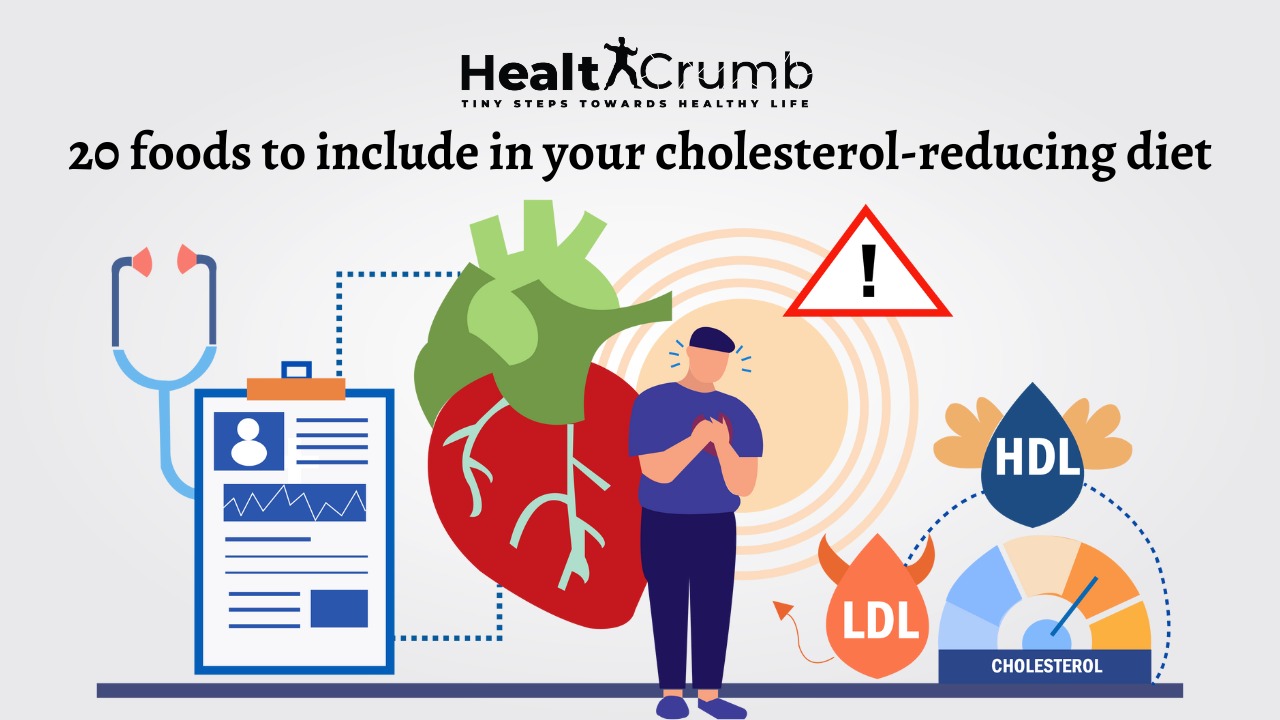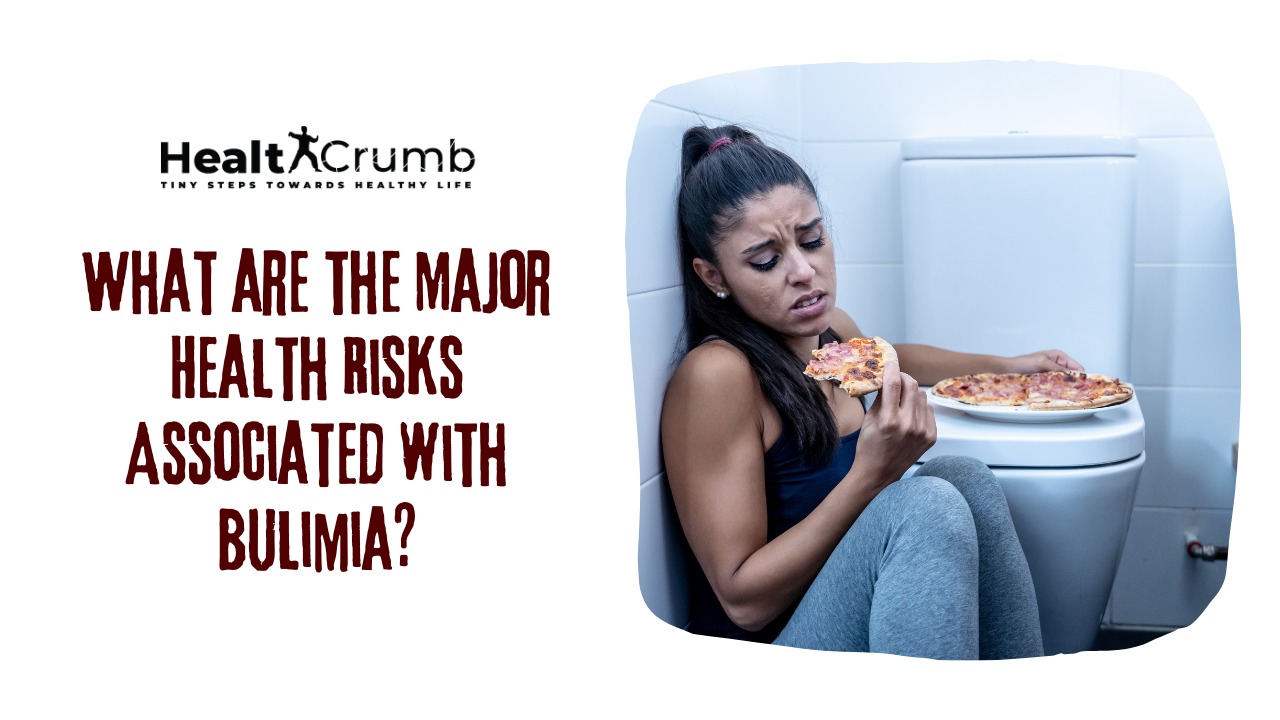Introduction
High cholesterol is a serious problem that can lead to heart disease, stroke, and other health problems. Fortunately, there are things you can do to lower your cholesterol and improve your overall health. For example, one of the best things you can do for your health is to change your diet. Eating foods that are low in saturated fat and cholesterol and high in fiber can help reduce your cholesterol levels. Here are 20 foods you should include in your cholesterol-reducing diet.
What is cholesterol?
Cholesterol is a fatty substance found in the bloodstream and all your body’s cells. Your liver makes 75 percent of the cholesterol that is in your body and 25 percent comes from what you eat.
Cholesterol isn’t all bad. It’s used to make hormones, vitamin D, and bile acids (which help you digest fat).
When your blood contains too much cholesterol, it can build up on the walls of your arteries. This buildup is called plaque. Plaque can narrow or even block your arteries, raising your risk for heart disease, heart attack, and stroke.
High cholesterol usually doesn’t have any symptoms, so you may not know you have it unless you get your cholesterol checked by a doctor.
What causes high cholesterol?
Cholesterol is a type of fat found in the cells of all your body’s tissues. In most cases, your liver manufactures the cholesterol in your body.
Cholesterol isn’t all bad. It’s an important part of cell membranes and is used to make hormones, vitamin D, and bile acids. If you have too much cholesterol in your blood, it could stick to the walls of your arteries. It could form plaque and narrow your artery, which will decrease the amount of blood going to your heart, brain, or other organs.
Atherosclerosis is the build-up of plaque in your arteries which leads to stiffer, less flexible vessels and may lead to a lot of health problems, such as heart disease, heart attack, or stroke.
High cholesterol usually has no symptoms, so the only way to know if you have it is to get your cholesterol checked by a doctor. The good news is that high cholesterol can be treated with lifestyle changes and medication, especially with a cholesterol-reducing diet.
As you know, the two major types of cholesterol are HDL and LDL. You may have heard of HDL as ‘good’ cholesterol, because it helps remove LDL, the ‘bad’ cholesterol, from your arteries. And this is just one reason why keeping track of your cholesterol can be an important part of taking care of your health.
How to reduce cholesterol with a diet
A cholesterol-reducing diet is rich in vegetables, fruits, whole grains, and low-fat dairy and can help lower your cholesterol. Foods high in soluble fiber, such as oatmeal and beans, can also help reduce cholesterol. Saturated fats, found in animal products and some vegetable oils, can raise your cholesterol levels.
Trans fats, found in processed foods and many kinds of margarine, can also increase your cholesterol levels. To help reduce your cholesterol levels, limit your saturated fat intake to no more than 10% of your total daily calories and avoid trans fats altogether.
20 foods to include in your cholesterol-reducing diet
When it comes to reducing cholesterol, diet is key. Certain foods can help lower cholesterol naturally. Here are some foods to include in your cholesterol-reducing diet:
- Oats: Oats contain soluble fiber, which has been shown to help lower cholesterol levels. They also contain beta-glucans, a type of sugar that can help reduce the absorption of cholesterol into the bloodstream.
- Barley: Barley also contains soluble fiber, as well as beta-glucans (a type of soluble fiber), which have been shown to reduce LDL (bad) cholesterol levels.
- Beans and legumes: Beans and legumes are a good source of plant-based protein and fiber. They also contain compounds called sterols and stanols, which can help reduce cholesterol absorption.
- Fatty-fish: To reap the benefits of healthy fats without all the calories, eat fatty fish like salmon, mackerel, herring, and trout. These hearty sources of omega-3 fatty acids will help to decrease low-density lipoprotein (LDL) cholesterol levels while on the other hand increasing high-density lipoprotein (HDL) (good) cholesterol levels.
- Nuts and seeds: Nuts and seeds are other good sources of plant-based protein and healthy fats. They also contain sterols and stanols, which can help reduce cholesterol absorption.
- Avocado: Avocados are a fruit that contains healthy fats. These fats can help to decrease LDL cholesterol levels while increasing HDL cholesterol levels. Avocados are also a good source of dietary fiber, vitamins, and minerals.
- Dark Chocolate: Dark chocolate contains compounds called flavonoids, which can help to reduce LDL cholesterol levels.
- Olive Oil: Olive oil is a fat that can help to decrease LDL cholesterol levels while increasing HDL cholesterol levels.
- Soy: Soybeans are a plant-based protein that can help to reduce your cholesterol levels. They’re also high in fiber and antioxidants which help keep your body healthy.
- Eggplant: Eggplant is a vegetable that contains compounds called sterols and stanols. These compounds can help reduce cholesterol absorption. Eggplant is also a good source of dietary fiber, vitamins, and minerals.
- Pomegranate: Pomegranate is a fruit that contains antioxidants and polyphenols. These compounds can help to reduce LDL cholesterol levels and prevent the formation of plaque in the arteries.
- Chickpeas: Chickpeas are great sources of both protein and fiber- making them a healthy option to eat regularly. They also contain sterols and stanols, which can help reduce cholesterol absorption.
- Plum: Plums are a fruit that contains compounds called flavonoids and carotenoids. These compounds can help to reduce LDL cholesterol levels and prevent the formation of plaque in the arteries.
- Kamut: Kamut is a whole grain that contains soluble fiber, which can help bind cholesterol in the intestine and prevent its absorption. Kamut is also a good source of protein, vitamins, and minerals.
- White beans: White beans are a good source of plant-based protein and fiber. They also contain compounds called sterols and stanols, which can help reduce cholesterol absorption.
- Coconut: Coconut is a good source of healthy fats that can help to decrease LDL cholesterol levels while increasing HDL cholesterol levels. Coconut is also a good source of dietary fiber, vitamins, and minerals.
- Garlic: Garlic is a food that contains compounds called sulfides. These compounds can help to reduce LDL cholesterol levels and prevent the formation of plaque in the arteries.
- Red onion: Red onions are a vegetable that contains compounds called flavonoids. These compounds can help to reduce LDL cholesterol levels and prevent the formation of plaque in the arteries. Red onions are also a good source of dietary fiber, vitamins, and minerals.
- Walnuts: Walnuts are a great source of healthy fats, protein, and fiber. They can also be used to reduce cholesterol absorption thanks to their content of sterols and stanols.
- Broccoli: Broccoli is a vegetable that contains fiber, vitamins, and minerals. It’s also a good source of compounds called sterols and stanols, which can help reduce cholesterol absorption.
Apart from all this, there are many other cholesterol-reducing foods as well, such as psyllium husk, which is another source of soluble fiber and chia seeds, which are a good source of fiber, protein, and healthy fats, and which also contain compounds called sterols and stanols, which can help reduce cholesterol absorption.
Conclusion
If you’re looking to reduce your cholesterol, there are plenty of delicious foods that can help. Incorporate these 20 foods into your cholesterol-reducing diet and you’ll be on your way to better health in no time.



